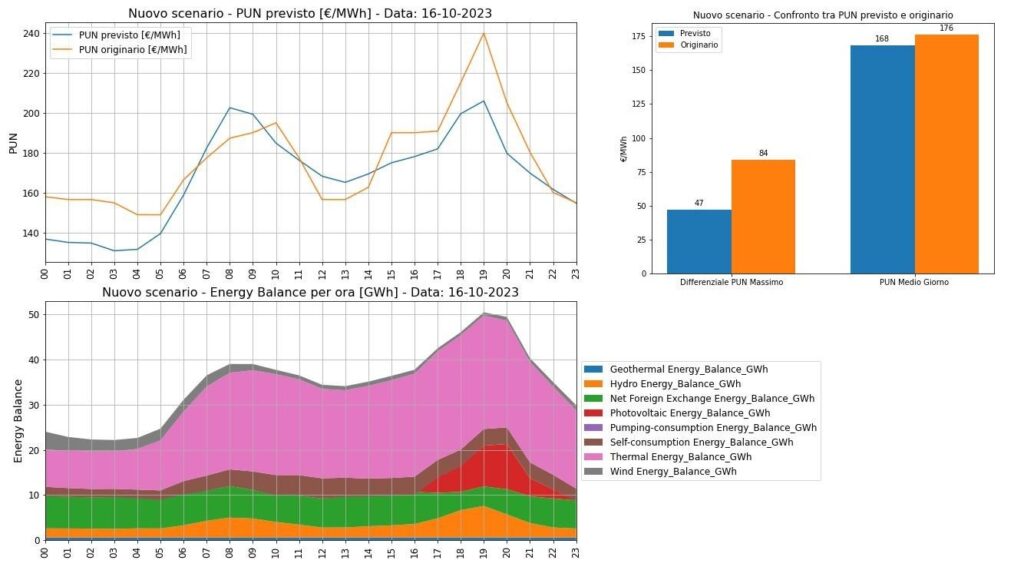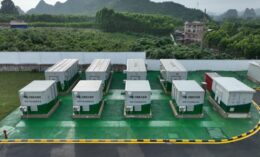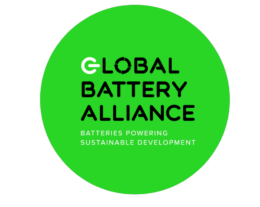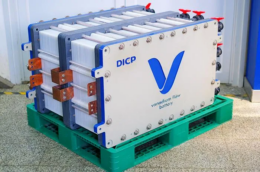Arbitrage is the top use case for batteries by U.S. utilities, report finds
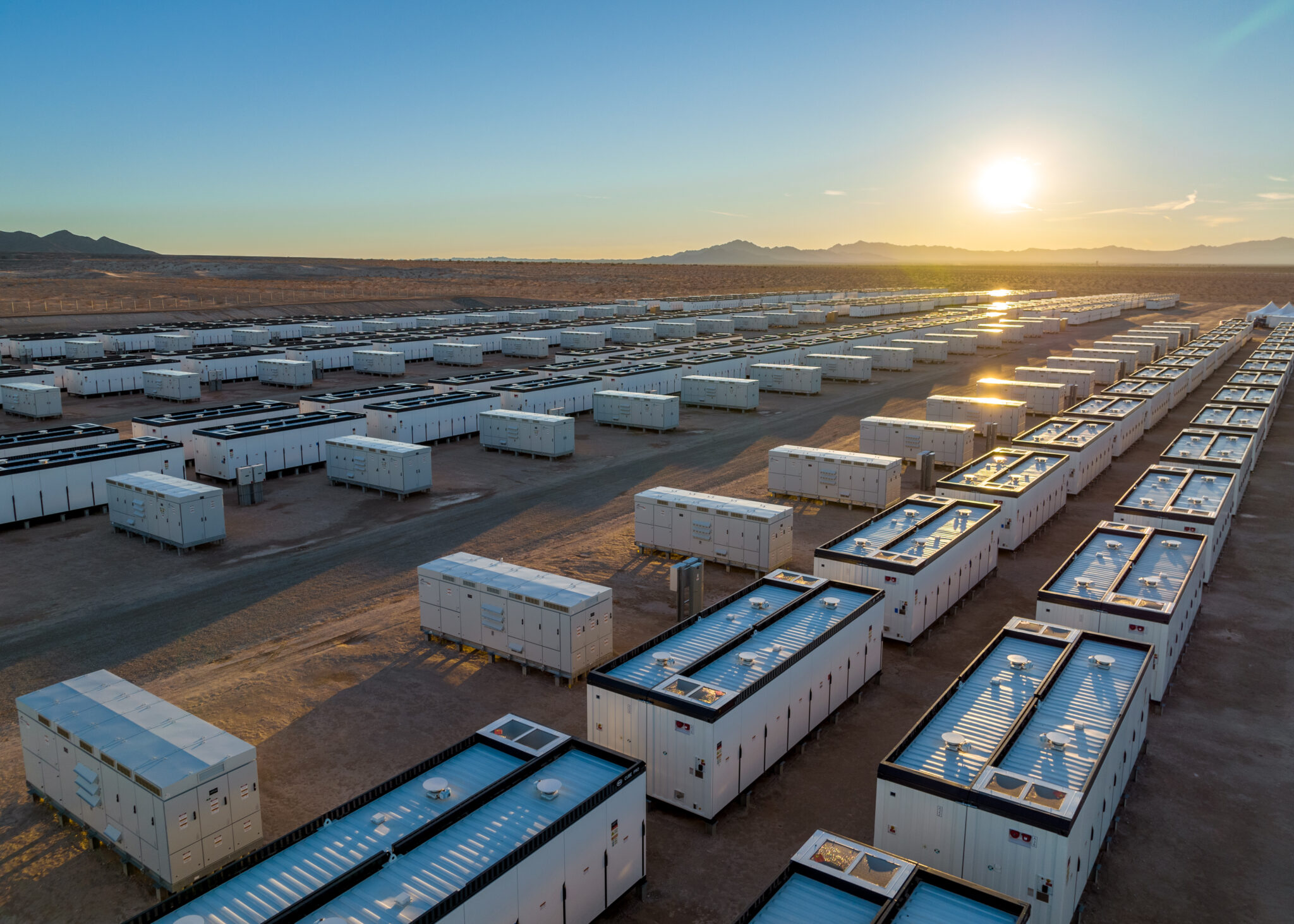
The EIA regularly collects data on existing and planned generators in the U.S. and Puerto Rico. However, in a statement accompanying the early release, on 25 June of its most recent data from 2023, the agency said that it had only recently begun to ask utilities to identify the main uses for their battery energy storage systems (BESS). It said that its previous reports have generally acknowledged the various uses for BESS, but the recent data looked at the top use cases for batteries.
At the end of 2023, electricity utilities in the United States reported operating 575 batteries with a collective capacity of 15,814 MW. The EIA said it expected that battery capacity will more than triple, adding 35,953 MW by the end of 2028 based on plans reported to it by utilities.
According to this data, utilities have been reporting that arbitrage is the top use case for 10,487 MW of battery capacity, making it the most reported primary use. Arbitrage is a strategy utility companies use to move electricity from periods of low prices to periods of high prices. They can charge batteries by buying electricity during low-cost periods and then selling on that electricity when electricity prices increase, thus recouping their costs.
Aside from arbitrage at number one, other top use cases for BESS included various ancillary services, such as frequency regulation. Indeed, when primary and alternative use cases were added together, frequency generation edged arbitrage out slightly. Excess wind and solar generation and system peak shaving were other very popular use cases.
Morris Greenberg, senior manager with the low-carbon electricity team at S&P Global’s Commodity Insights division, provided the market intelligence firm’s take on the data. This was published on S&P Global’s website.
The California Independent System Operator (CAISO) and Electric Reliability Council of Texas (ERCOT) accounted for almost three-quarters of U.S. capacity at the end of 2023, he said.
While EIA data said that CAISO and ERCOT are projected to account for 70% of battery storage capacity, S&P Global Commodity Insights data forecast only 60%, said Greenberg.
S&P Global’s analysis finds that ERCOT is in the process of catching up with CAISO, which is currently the leading battery storage capacity operator with 8.479 MW, or 42.8%, of total capacity in the United States. This is according to a Commodity Insights compilation of government filings.
ERCOT added the most capacity in the first quarter of 2024 with 1.2 GW, or 55.3%, of all national installations. The EIA plans to release a full version of the early data it shared from 2023 later this year. The early release data is not intended as a full picture as it has yet to be fully edited and cleaned. It is intended as a way of providing immediate access to individual plant and generator data for analysts.






